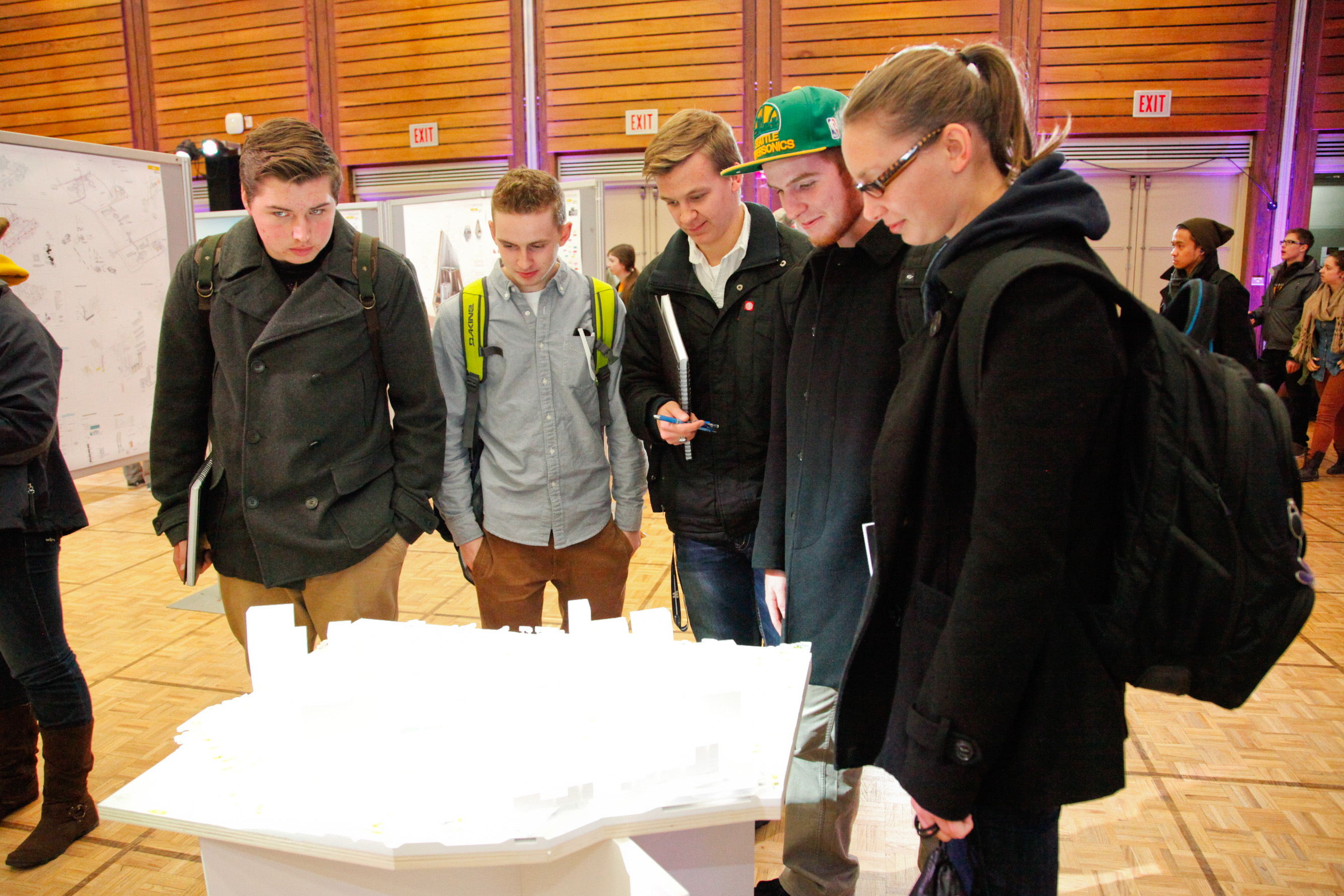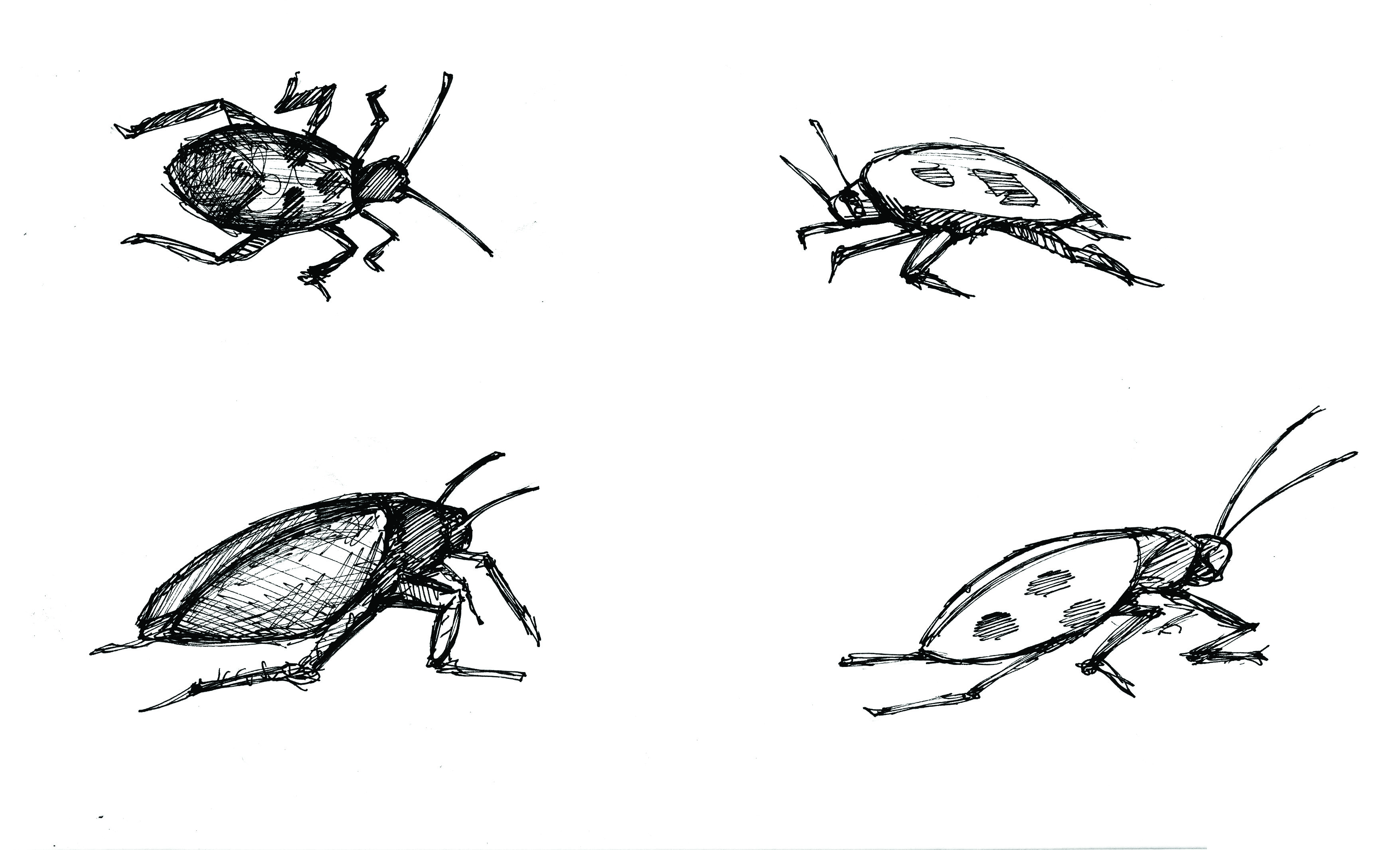On Nov. 3 the University of Manitoba announced the winners of the Visionary (re)Generation Open International Design Competition, a contest that drew submissions from around the globe for the redesign of the Fort Garry campus and Southwood Lands.
Toronto’s Janet Rosenberg and Studio Inc. and Arup Canada Inc., in partnership with Winnipeg’s Cibinel Architects Ltd. and Landmark Planning and Design Inc., were named the winners.
George Cibinel of Cibinel Architects Ltd. and Donovan Toews of Landmark Planning and Design Inc. are both U of M graduates.
Michelle Richard, director of campus planning at the U of M, said the group was chosen largely because they “started with the concept of the landscape first and then layered systems on top of that. Landscape, transportation, infrastructure, and then build form [ . . . ] they got it.”
One of the elements of the competition brief was to work with the land, in contrast to traditional methods of formulating building plans, which give only secondary consideration to the environmental surroundings.
Going forward with the planning process, it will take about a year before anything materializes. There is still plenty more community engagement to take place in realizing the formal plans.
Richard said extensive stakeholder engagement was undertaken, which helped the U of M formulate elements of the competition brief.
One of the key drivers of the project, said Richard, is the completion of the Southwest Transitway, which will enhance transportation to campus.
Students can look forward to their continued involvement in planning, including design charrettes – a collaborative process designers use to interact with stakeholders in order to create design solutions.
The winning creative concepts illustrate respect for nature by presenting infrastructure secondary to the natural landscape, especially in regards to the former Southwood golf course and riverbank, and provide a mix of public and private services and residential space for a denser community on campus.
Janet Rosenberg told the Manitoban that as a firm, Janet Rosenberg and Studio Inc. “are looking at design differently.”
“After years and years of just taking sites and seeing nothing recognizable after the development, we’ve taken a different approach [ . . . ] how there is a relationship between existing vegetation and water for livability. How people live: their walkways, their park systems, engagement of the river, shelter bands – so that the wind would make outdoor spaces much more comfortable. We looked at what existed and supplemented those so there are good forms of recreation that would prevail against the weather.”
A prevalent theme in many of the submissions was the development of the river as a recreational setting and transportation mode.
Richard, who has travelled to Hamburg and witnessed the engineering of structures surrounding their rivers, said it can be done sustainably.
Rosenberg echoes this sentiment: “[Our concept] includes boat rentals and a restaurant by the water because we think this should be a major mode of transportation and way of igniting people to come down to the campus and really engage the campus this way… [the flooding] doesn’t mean it can’t happen, as well as dealing with all the water on-site and not dumping any of it – using all of it on-site and being respectful of it.”
A sustainable campus—in all forms, especially energy—was another fundamental component in the competition brief, said Richard. Manitoba Hydro has been a partner, providing their expertise on the project.
Jay Robertson, a master’s student in architecture at the U of M, told the Manitoban it is great to see new ideas and potential for the campus, but he believes the feasibility and financing may be challenging.
Richard said that as of yet, funding is largely uncertain for the project, in part because it is still in the conceptual stages, and the mix of public-private use is yet to be determined. According to Richard, the U of M will soon be looking for several development partners.
On the winning proposal, Robertson said, “considering it is winter for [almost] six months of the year and [the] U of M lacks quality indoor social space, it would be nice to see non-commercial social spaces in the demonstration plan. Gathering spaces should take precedent over cafes and retail space.”
While Roberston acknowledged that he is pleased with the landscape and ecology integrated in the proposal, he added, “the distance between housing blocks and lack of density would likely limit the social vibrancy portrayed in the renderings.”
He believes the second-place submission addresses housing and density in a much more effective way.
Students and community members can stay tuned for invitations for involvement in the project from the U of M campus planning office.





